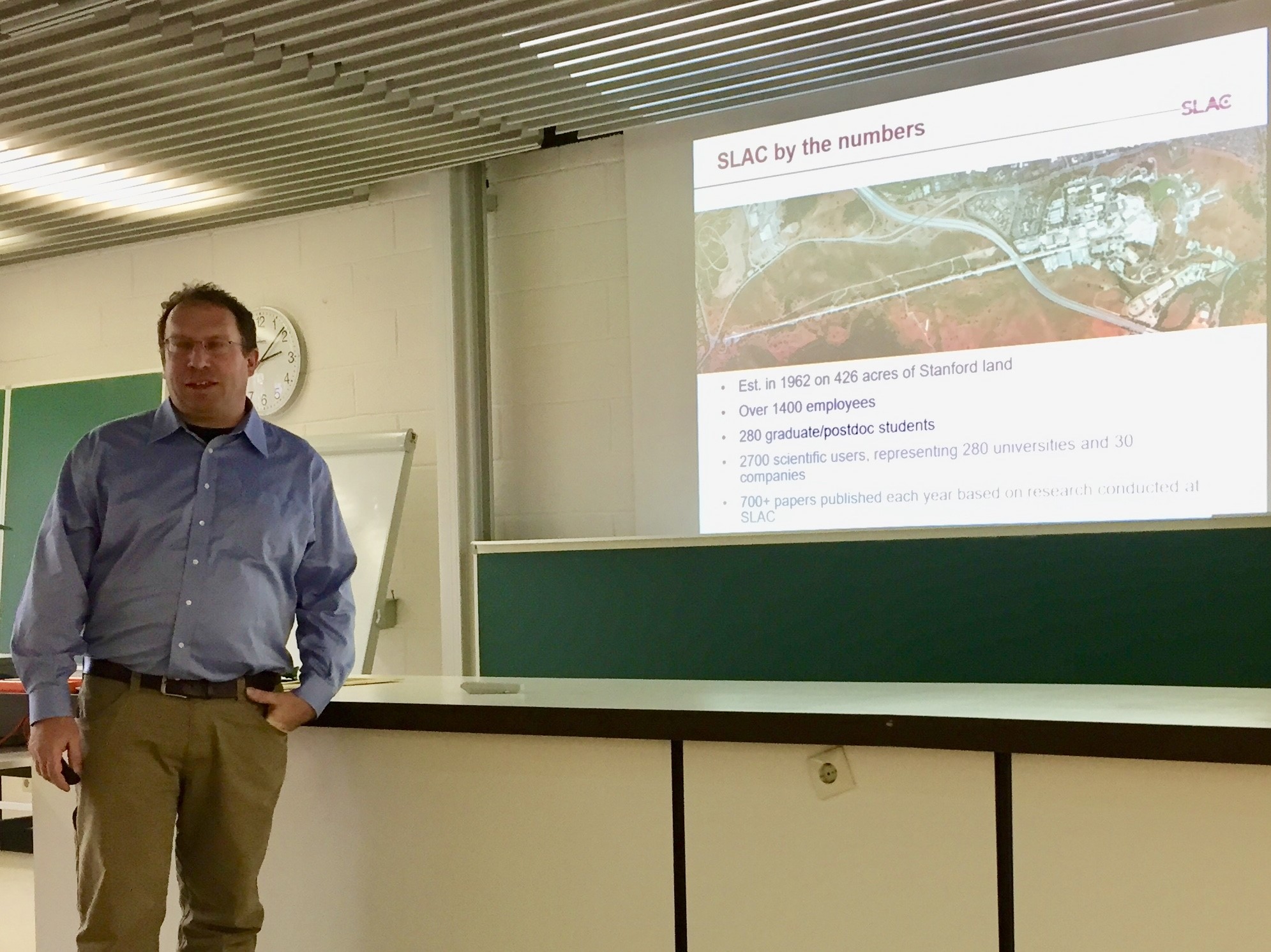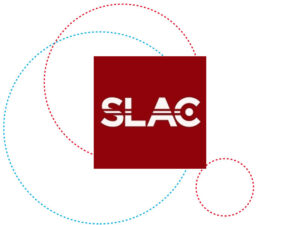On 10 January 2018, Georg Gassner, Head for Metrology at the SLAC National Accelerator Laboratory operated by Stanford University for the U.S. Department of Energy, visited the University of Luxembourg. In his talk, he focused on the advanced instruments and methods used at SLAC to support high-energy experiments.
The SLAC National Accelerator Laboratory is a Department of Energy national lab, operated by Stanford University. Although a multipurpose lab, the Linac Coherent Light Source (LCLS) remains the lab’s backbone. Previously the scene of major discoveries in particle physics, today it generates the world’s brightest x-rays for the Large Synoptic Survey Telescope (LSST), the 3 km long particle accelerator. More than 2000 scientists visit SLAC each year to use LCLS and the Stanford Synchrotron Radiation Lightsource to probe matter in atomic detail. The main scope for the Metrology Department at SLAC is to align the accelerator and the equipment in the experimental hutches. They also support all other programmes at the laboratory including the assembly of the revolutionary x-ray laser or the assembly of an electron gun.

Invited by Professor Norman Teferle of the Institute of Civil Engineering and Environment within the Geodesy and Geospatial Engineering Teamat Luxembourg University, Georg Gassner gave a talk entitled “Alignment Activities at the SLAC National Accelerator Laboratory”. He gave an overview of SLAC followed by descriptions of instruments and methods allowing his team of engineers to achieve the high-precision measurements required by the X-ray laser to support the many scientific experiments carried out at SLAC. He also presented his latest alignment projects including the re-design of a 3 km long laser alignment system with accuracies at the single digit micrometer level, position determinations of a retroreflector inside a 3 m long 4.8 mm diameter tube and the building of the world’s largest digital camera with 3.2 billion pixels on a 1 m x 1 m CCD sensor weighing 3 tons.
